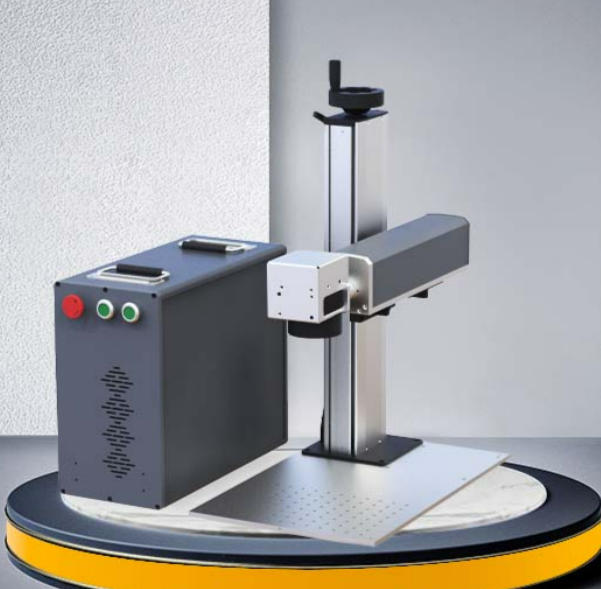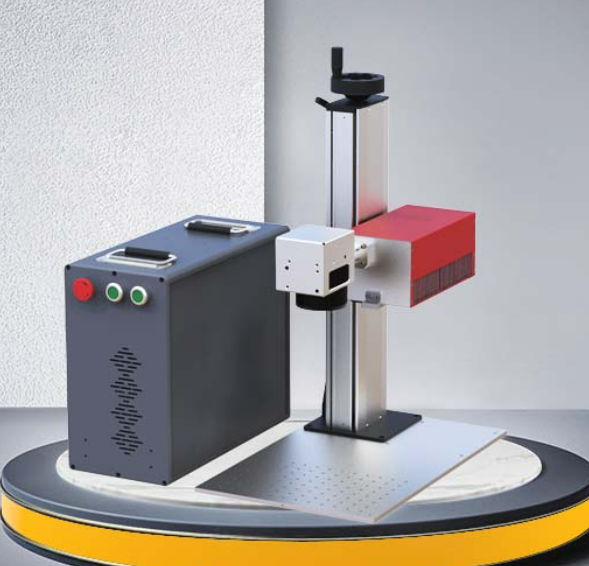
Laser marking machines have become indispensable in manufacturing, electronics, packaging, and other industries thanks to their efficiency, precision, and long-lasting marking performance. However, when faced with the three mainstream options—fiber, CO₂, and UV—many users find it difficult to make the right choice.
This guide explains their key features, application scenarios, and helps you accurately match your actual needs.
Core Differences Among the Three Types of Laser Marking Machines
Laser marking works by using different laser wavelengths to interact with materials, creating permanent marks. The essential differences among the three types lie in wavelength, laser medium, and how they interact with materials. These factors directly define their application boundaries.
Fiber Laser Marking Machine

Core Parameters:
Wavelength: 1064 nm
Laser Medium: Fiber laser
Typical Power: 10W–100W
Suitable Materials:
All kinds of metals (stainless steel, aluminum alloy, copper, iron, etc.), metal-coated materials, and certain engineering plastics (such as ABS and PC).
CO₂ Laser Marking Machine

Core Parameters:
Wavelength: 10.6 μm
Laser Medium: CO₂ gas
Typical Power: 10W–150W
Suitable Materials:
Wood, paper, leather, fabric, acrylic, glass, ceramics, plastics (PP, PE, PVC, etc.), rubber, food packaging films, and other non-metallic materials.
UV Laser Marking Machine

Core Parameters:
Wavelength: 355 nm
Technology: Third-harmonic generation (tripling the fundamental wavelength)
Typical Power: 3W–20W
Suitable Materials:
Plastics (especially sensitive plastics such as PVC and PET), glass, ceramics, sapphire, chips, LCD/OLED displays, pharmaceutical packaging, and other precision materials.
How to Choose the Right Laser Marking Machine in Three Steps
1. Identify the Material
This is the most decisive factor.
Metal materials → Fiber laser
Non-metal materials → CO₂ laser
Heat-sensitive plastics, glass, precision electronics → UV laser
2. Define Your Marking Requirements
Clarify:
Marking area
Marking precision
Whether you need shallow marking or deep engraving
This helps determine the required laser power.
3. Evaluate Production Scale
Your daily output determines the efficiency level you need.
Higher-power lasers work faster. If standard configurations cannot meet production needs, custom solutions may be required.






